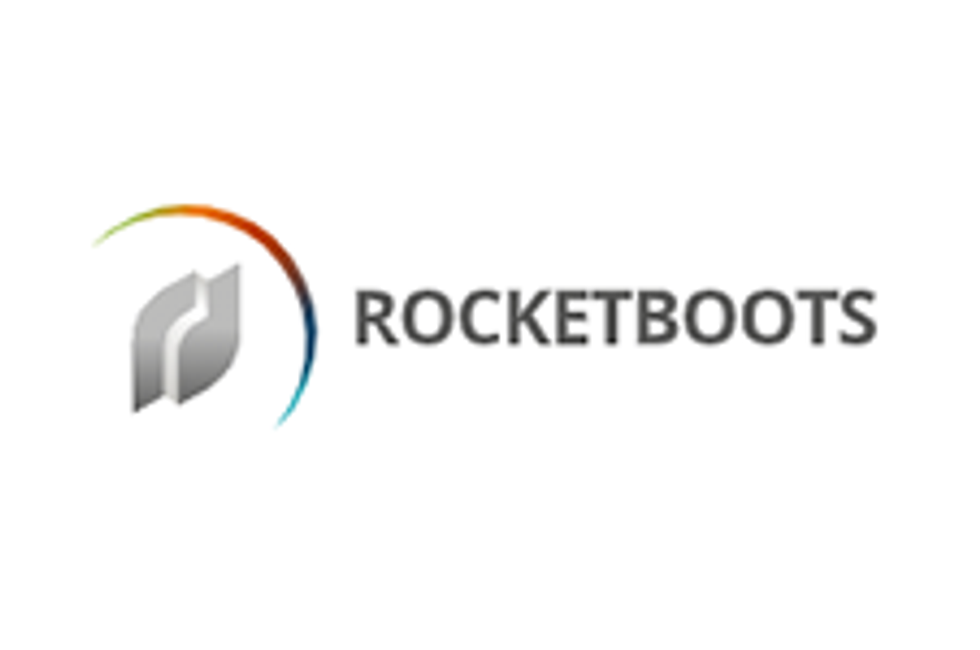
NVIDIA’s AI language model, BERT, is now able to infer language in 2 milliseconds. Comparable applications require 10 milliseconds.
NVIDIA (NASDAQ:NVDA) has turned over a new leaf with a breakthrough in its real-time artificial intelligence (AI) conversational model, the company announced on Tuesday (August 13).
Its AI model, BERT, is now able to make a language inference in 2 milliseconds; other real-time inference applications typically take 10 milliseconds.
BERT has been trained to understand increasingly advanced language designed for large-scale enterprises. Its language model is currently being used by applications such as Microsoft’s (NASDAQ:MSFT) Azure search function.
BERT, or Bidirectional Encoder Representations from Transformers, is NVIDIA’s language model, and it can predict and analyze text. NVIDIA trains BERT with data from sources such as Wikipedia and then adds new layers to train it for tasks like questions and answers or sentence classification.
“Large language models are revolutionizing AI for natural language,” Bryan Catanzaro, vice president of applied deep learning research at NVIDIA, said in a press release. “They are helping us solve exceptionally difficult language problems, bringing us closer to the goal of truly conversational AI.”
AI is already being applied in natural language processing, from chatbots to translation. According to Gartner, by 2021, 15 percent of customer service communications are anticipated to be performed by AI. This marks a projected 400 percent increase since 2017.
“The race for AI platforms is on, and things such as model training and execution speeds are determining the winners,” Constellation Research analyst Holger Mueller told SiliconAngle.
While language inference speed remains important, so does the time it takes to train the language model. In the case of BERT, NVIDIA said it has reduced its training time from several days to under an hour, creating a hallmark 53 minute training record.
Underpinning BERT’s growth is NVIDIA’s work in large-scale computing capabilities and training optimization. “What drives the massive performance requirements of Transformer-based language networks like BERT … is their sheer complexity as well as pre-training on enormous datasets,” Shar Narasimhan, senior AI product marketing manager at NVIDIA, said in a blog post on Tuesday.
“The combination needs a robust computing platform to handle all the necessary computations to drive both fast execution and accuracy.”
BERT’s language-based services are applicable across several industries. Its market presence extends across 30 million people, with clients including Barclays (NYSE:BCS) and İşbank (IST:ISCTR) in Turkey.
A number of companies are developing AI innovations within the language model space. For example, OpenAI has a language model called GP-2 that is able to produce a cogent paragraph of text and has reading comprehension at a rudimentary level. Beyond these abilities, it is able to predict the next word in a given context. After it is provided a prompt, GP-2 then responds with a fairly impressive body of text. OpenAI has not released its model due its potential for harmful applications.
Other examples include Google (NASDAQ:GOOG) Home’s voice assistant and Amazon’s (NASDAQ:AMZN) Echo. The companies have sold millions of these conversational AI devices. Both integrate AI to provide question and answer services and respond to voice demands.
The wide-scale fluency of conversational AI has far-reaching implications. According to MarketsandMarkets, the conversational AI market is projected to reach US$15.7 billion by 2024, with services designed to heighten customer engagement, retention and conversion rates.
The ecommerce and retail sectors are anticipated to have the highest rates of growth in conversational AI integration, harnessing its customer service applications. As AI language models continue to advance at a more rapid speed, the future remains ripe with continued advancements.
Shares of NVIDIA opened at US$151.39 on Tuesday, rising at a 3.32 percent clip to close at US$156.05.
Don’t forget to follow us @INN_Technology for real-time news updates.
Securities Disclosure: I, Dorothy Neufeld, hold no direct investment interest in any company mentioned in this article.


